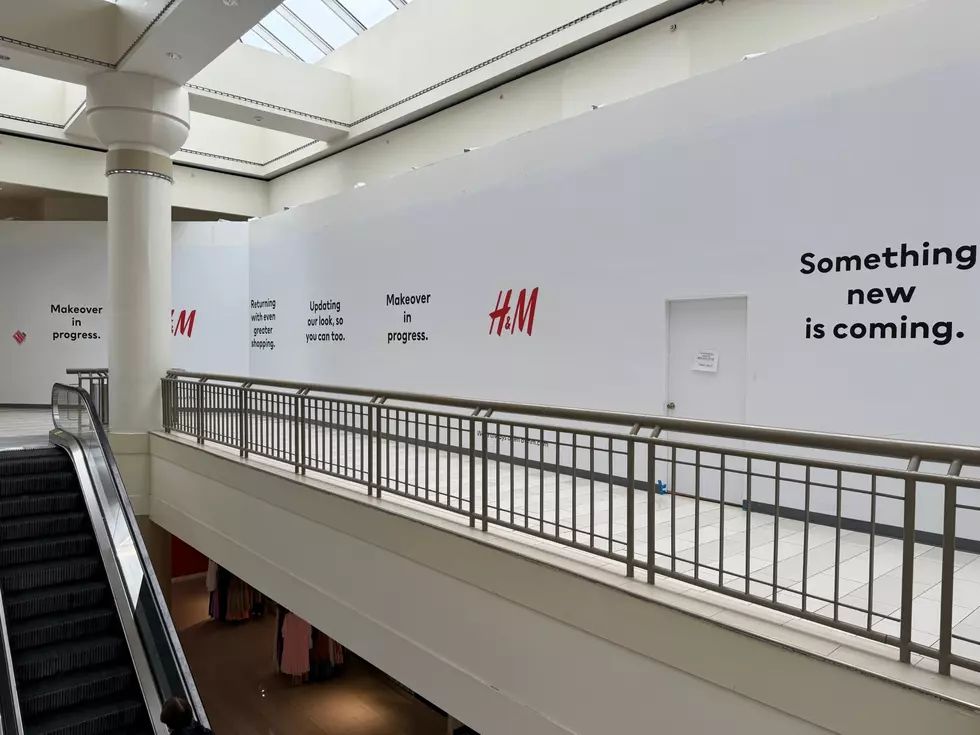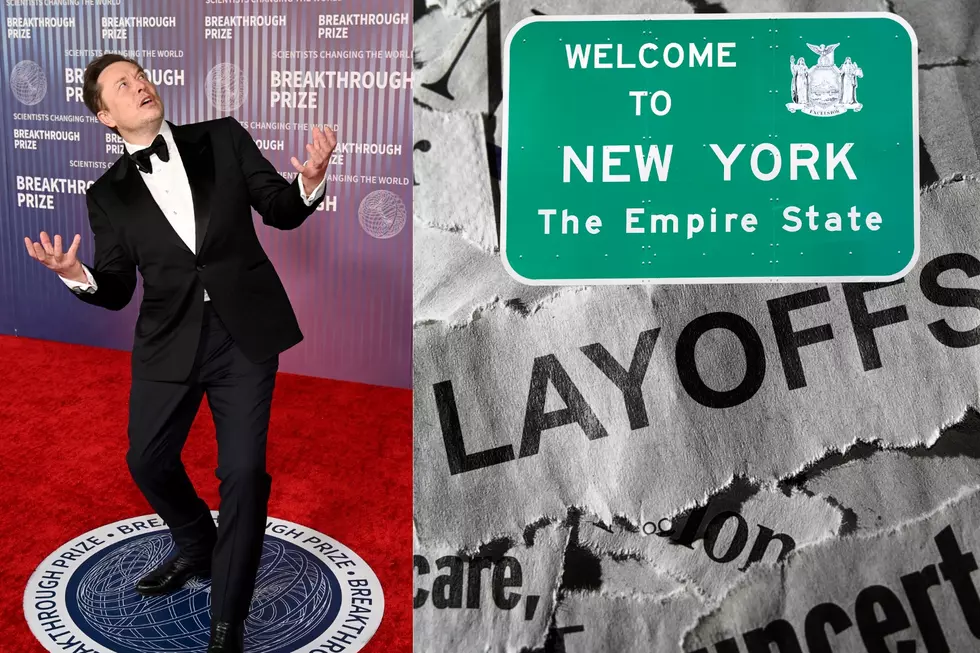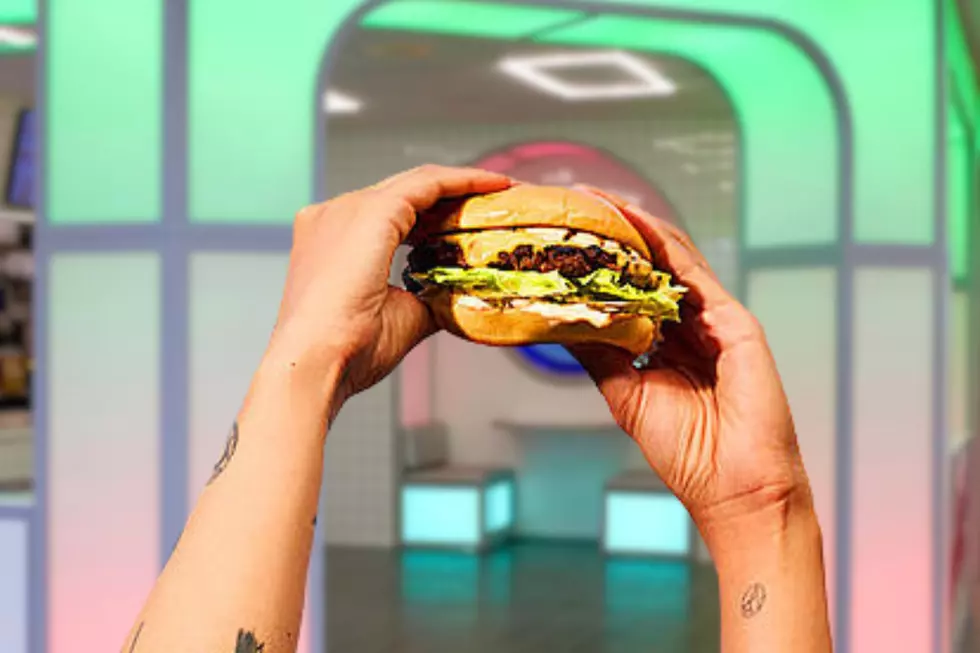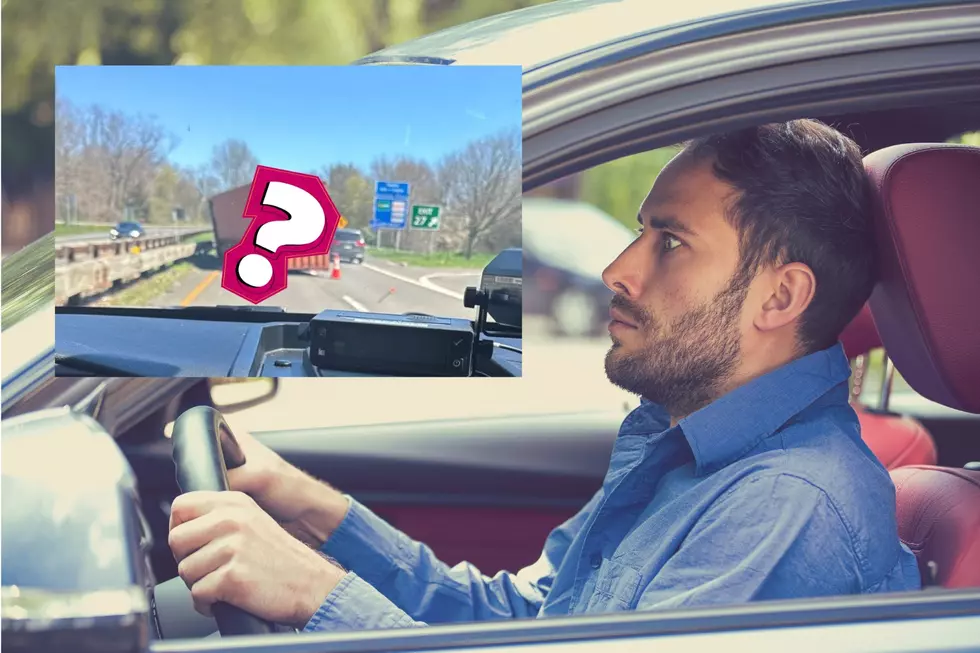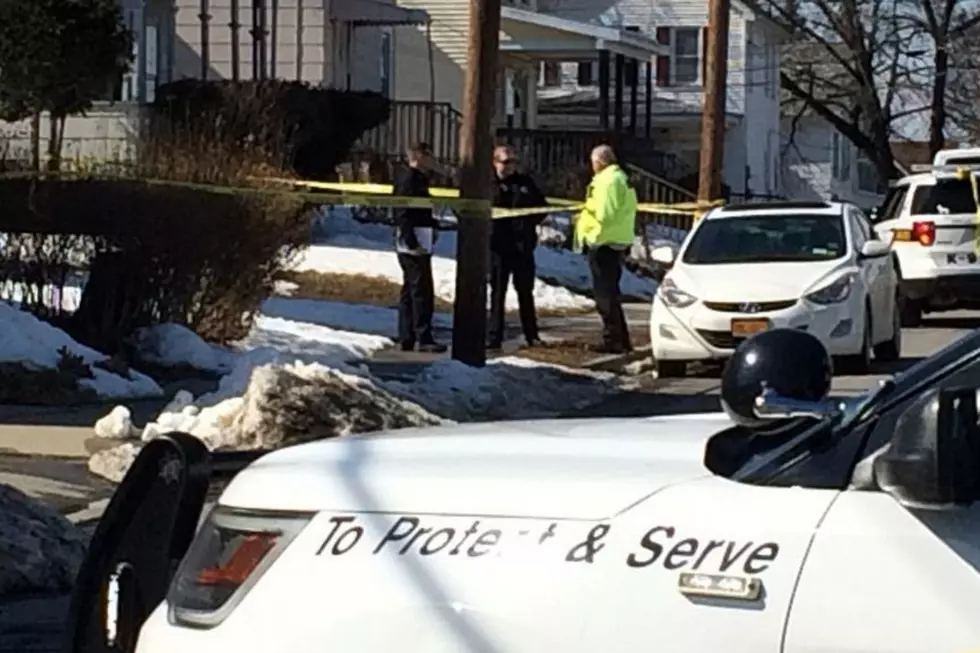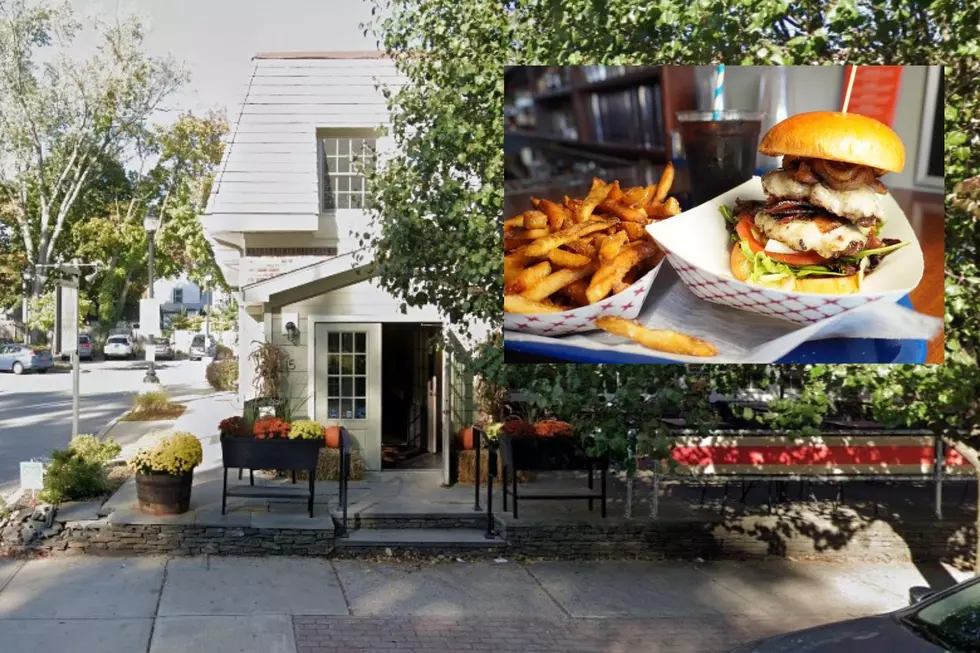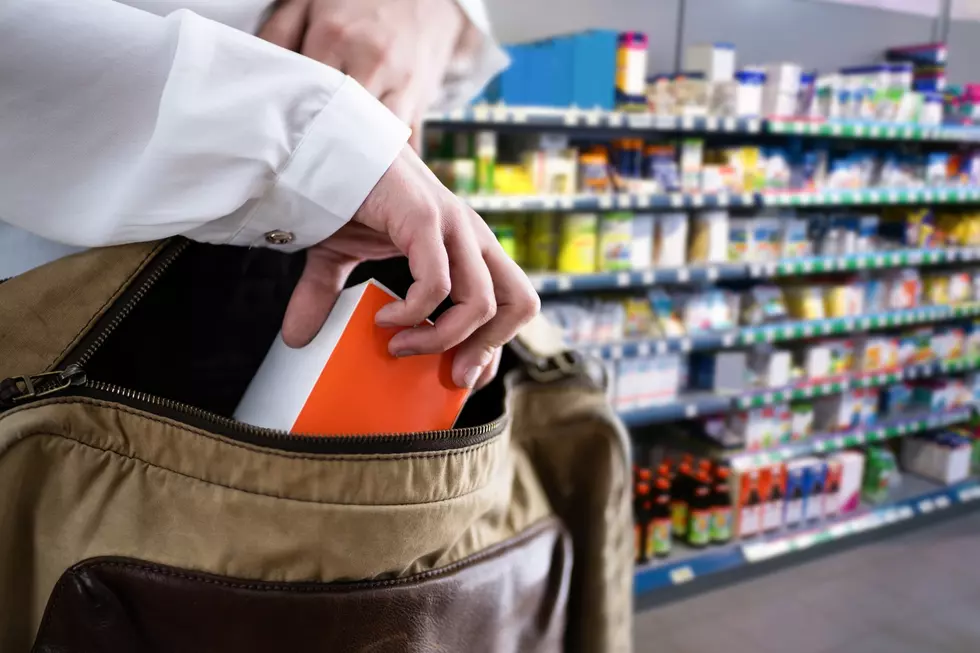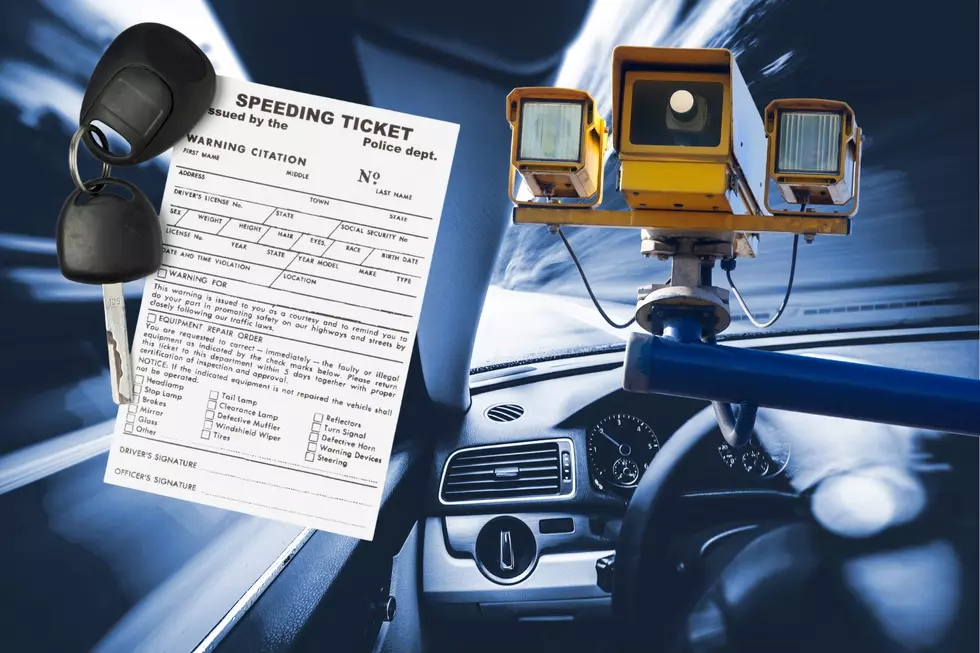
How Many Hudson River Crabs Can You Eat Before Being Poisoned?
It's blue crab season and many people are wondering if it's actually ok to eat them out of the Hudson River. You may be surprised by the answer.
Blue crabs are highly sought-after shellfish prized for their buttery taste. This year, the price of Chesapeake Bay crabs has skyrocketed, forcing some crab lovers to opt for a do-it-yourself option.
Here in the Hudson Valley, blue crabs are abundant from the end of August through October. In New York, there is no license necessary to set up a trap and catch your own. But is it really a good idea to eat crabs out of the Hudson River? Some people say it's no problem.
I've seen people crabbing on the Newburgh waterfront and in the City of Poughkeepsie and always shake my head wondering what they're thinking. We all know how polluted the Hudson River is and anything living in it must also be riddled with chemicals too, right?
Are crabs from the Hudson River safe to eat?
According to the New York State Department of Health seafood caught from the Hudson River "can contain chemicals at levels that may be harmful to your health." But apparently, that doesn't mean that some people can't still eat blue crabs.
Because of the presence of toxic chemicals, women of childbearing age and children under the age of 15 are strongly discouraged from eating any crabs out of the Hudson River. Even small doses of the chemicals can be detrimental to the development of young children and babies, so they should be avoided at all costs.
The Department of Health says that eating crabs from the Hudson River can still cause health risks to men over 15 and women over 50, but the risk is lower. For that reason, they recommend eating no more than six crabs per week.
Is there anything I can do to make Hudson River crabs less toxic?
The Department of Health has some recommendations on how to prepare the crabs in order to reduce the risk of exposure to toxins. They say it's important to remove the greenish-brown stuff inside called the tomalley. This gland is where PCBs, dioxin and metals are collected in greater concentrations.
When cooking the crabs it's also important to discard the cooking liquid and not reuse it for soups or sauces. Health officials say that up to 80% of the PCBs in crabs can collect in the liquids during the cooking process.
After all of that, should you even bother eating Hudson Valley crabs?
While crabbing can be a fun activity, whether or not to eat those crabs is a personal decision. With blue crab prices being so high, those who are at a lower health risk may be tempted to give it a try. If you're concerned about the PCB levels in the Hudson River, the Department of Health suggests crabbing on the Long Island Sound, Jamaica Bay and the ocean, where there is less contamination.
These 10 Bugs Found In New York Will Send Shivers Down Your Spine
5 BBQ Restaurants to Try Near Newburgh, New York
More From WPDH-WPDA
